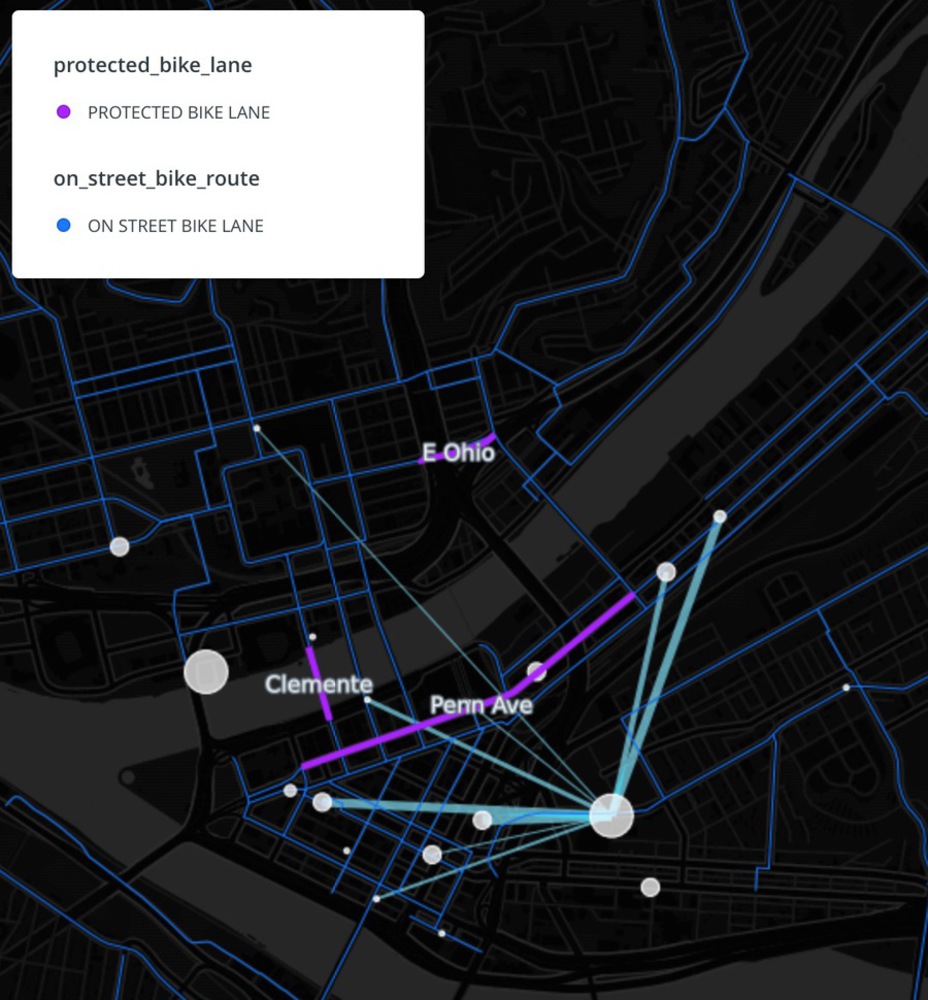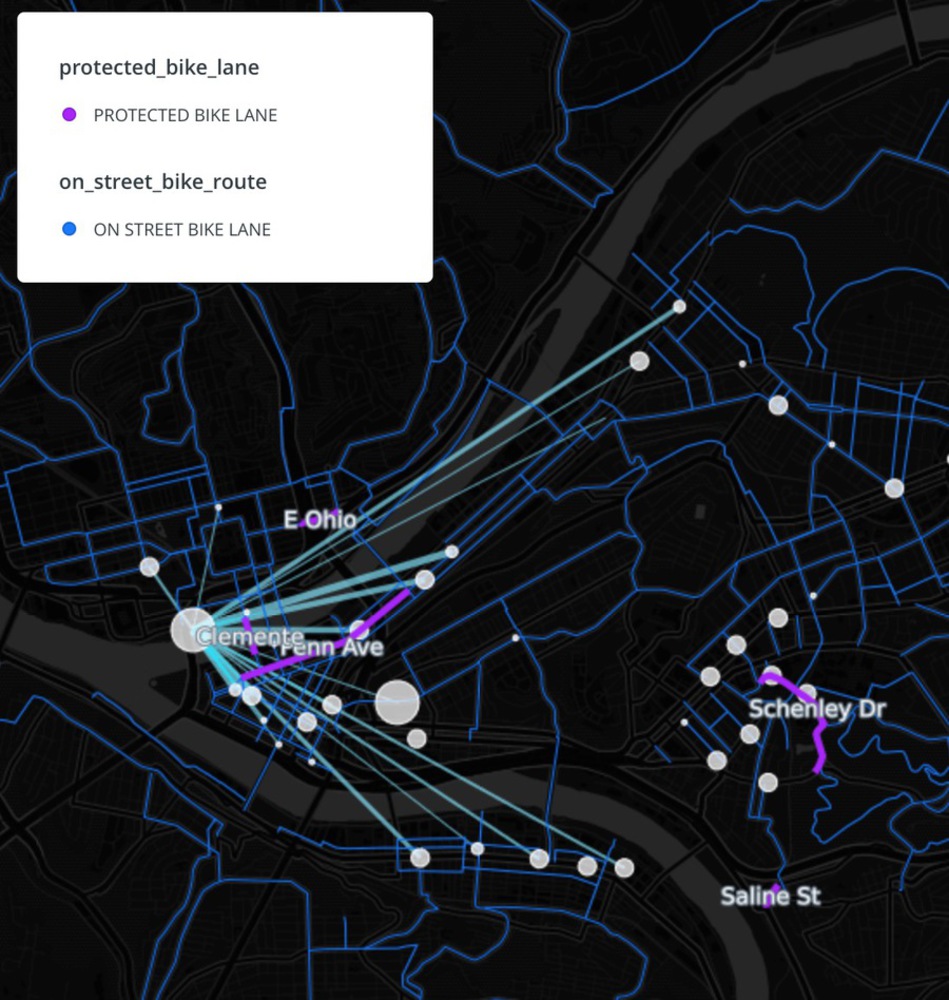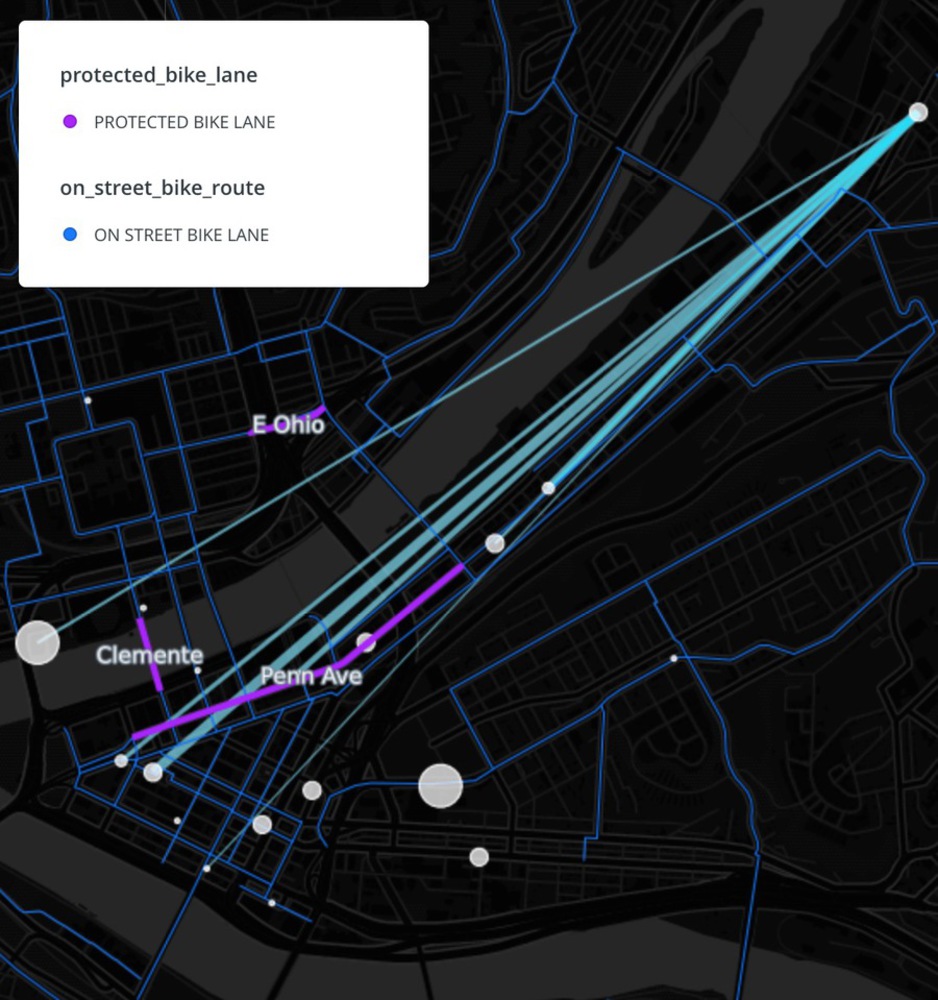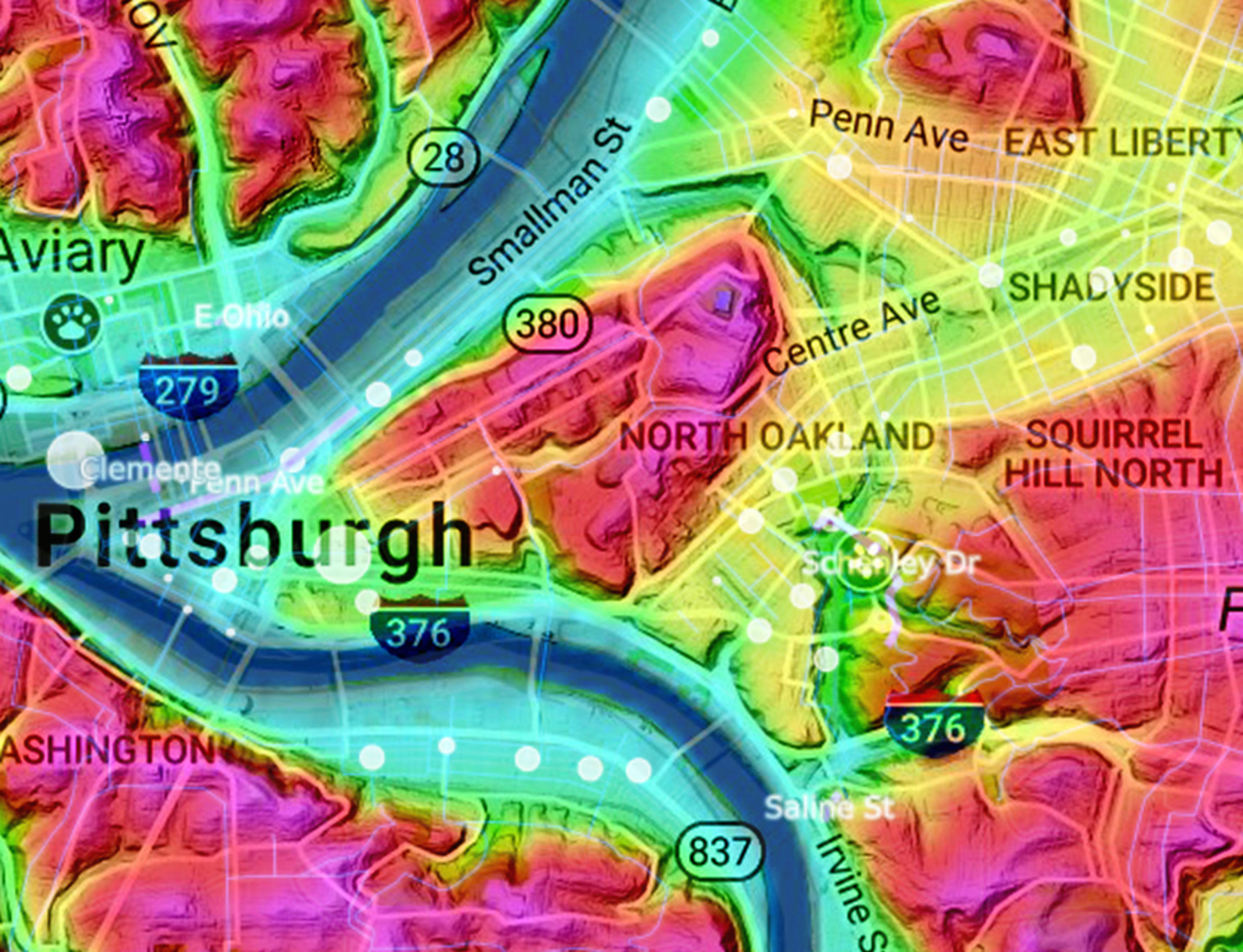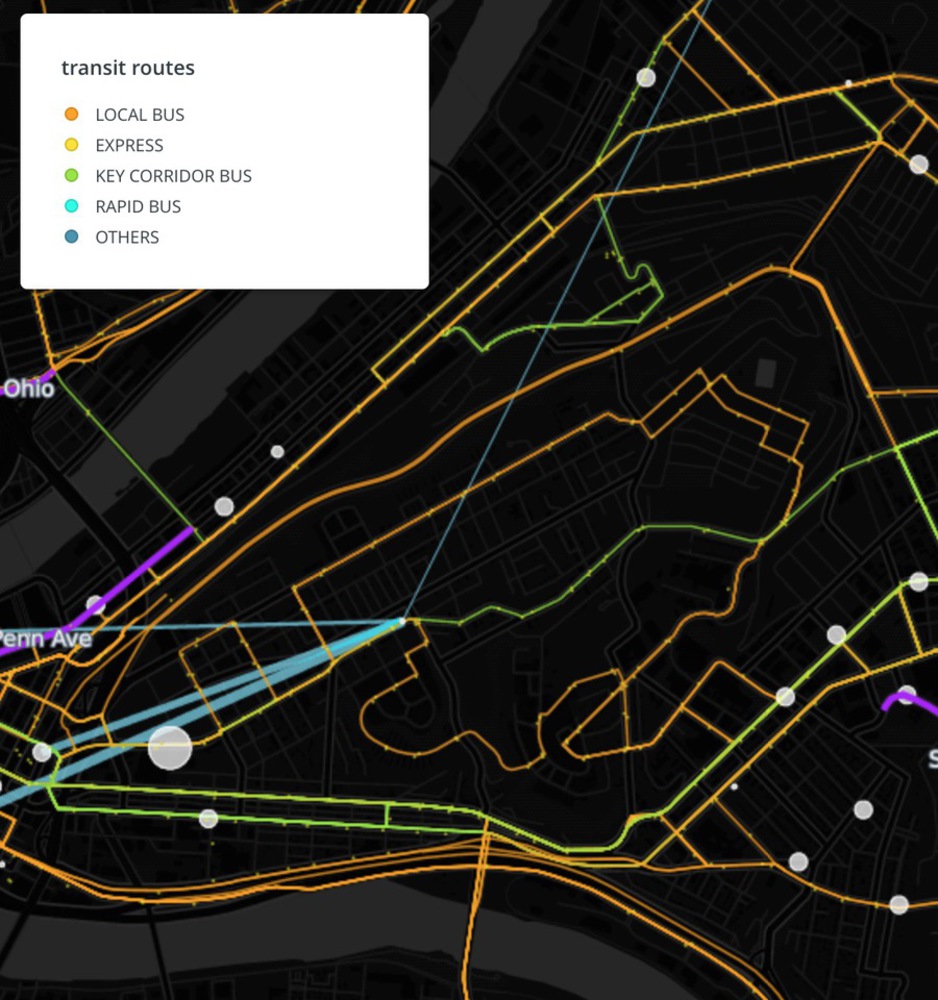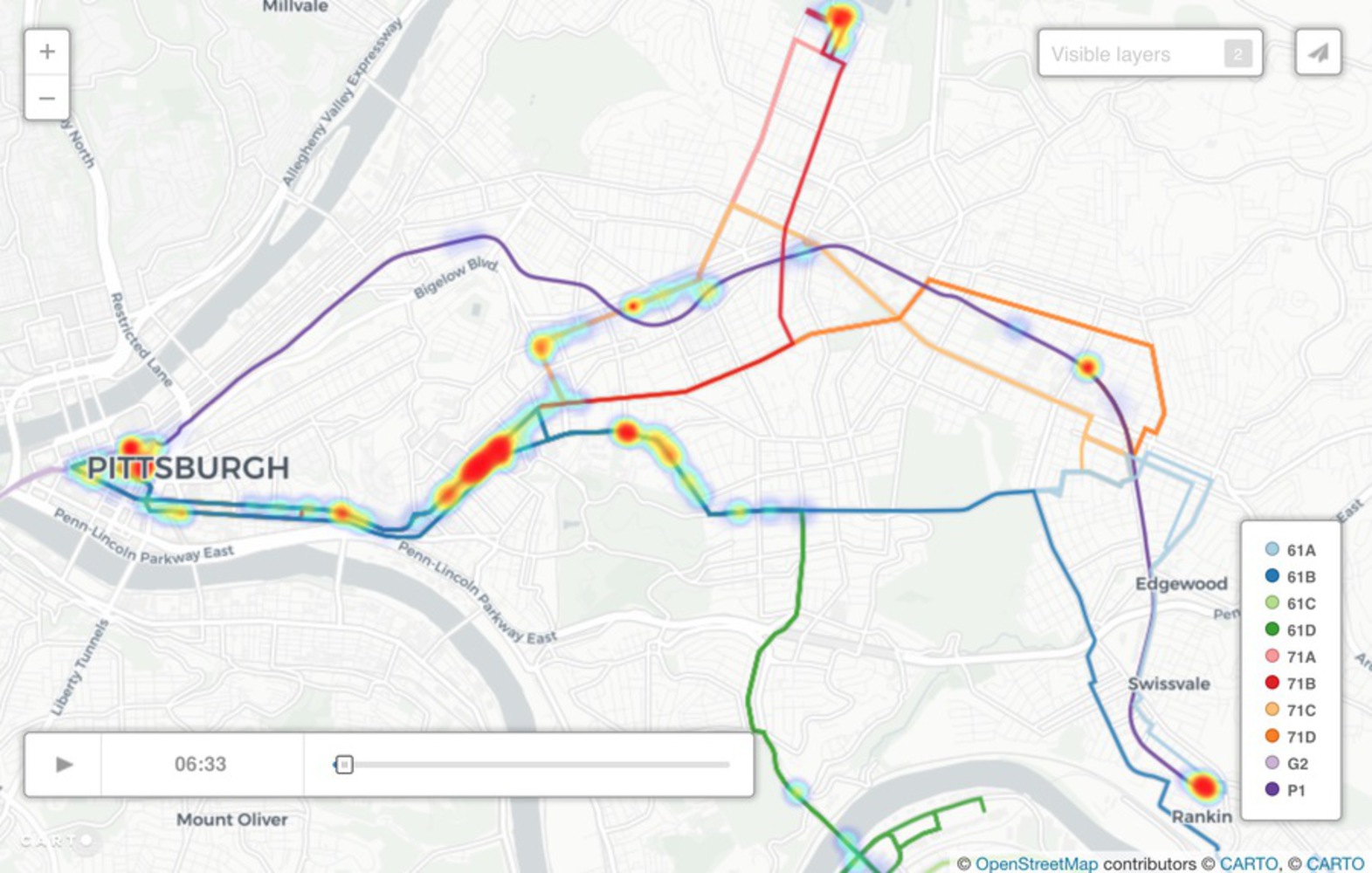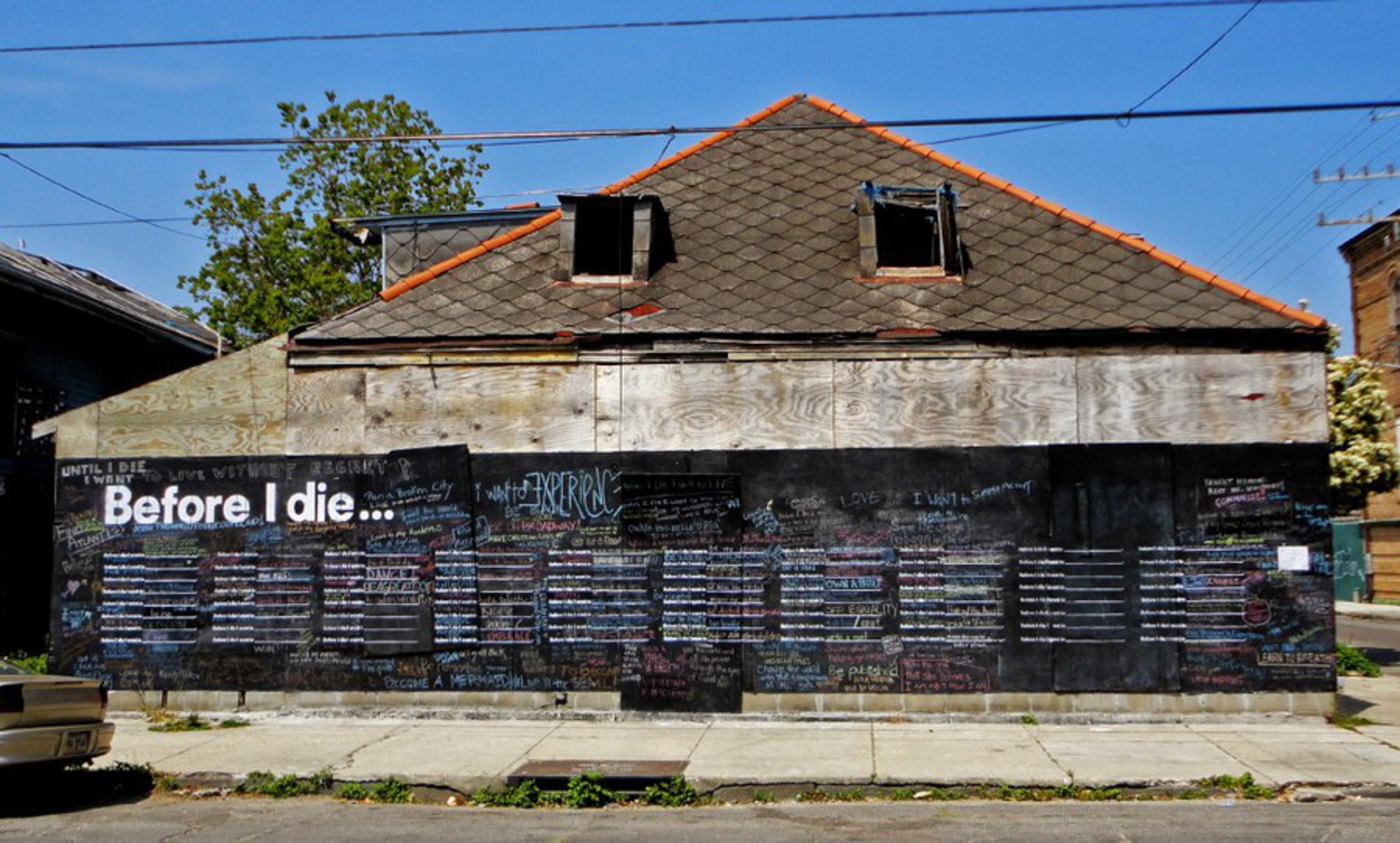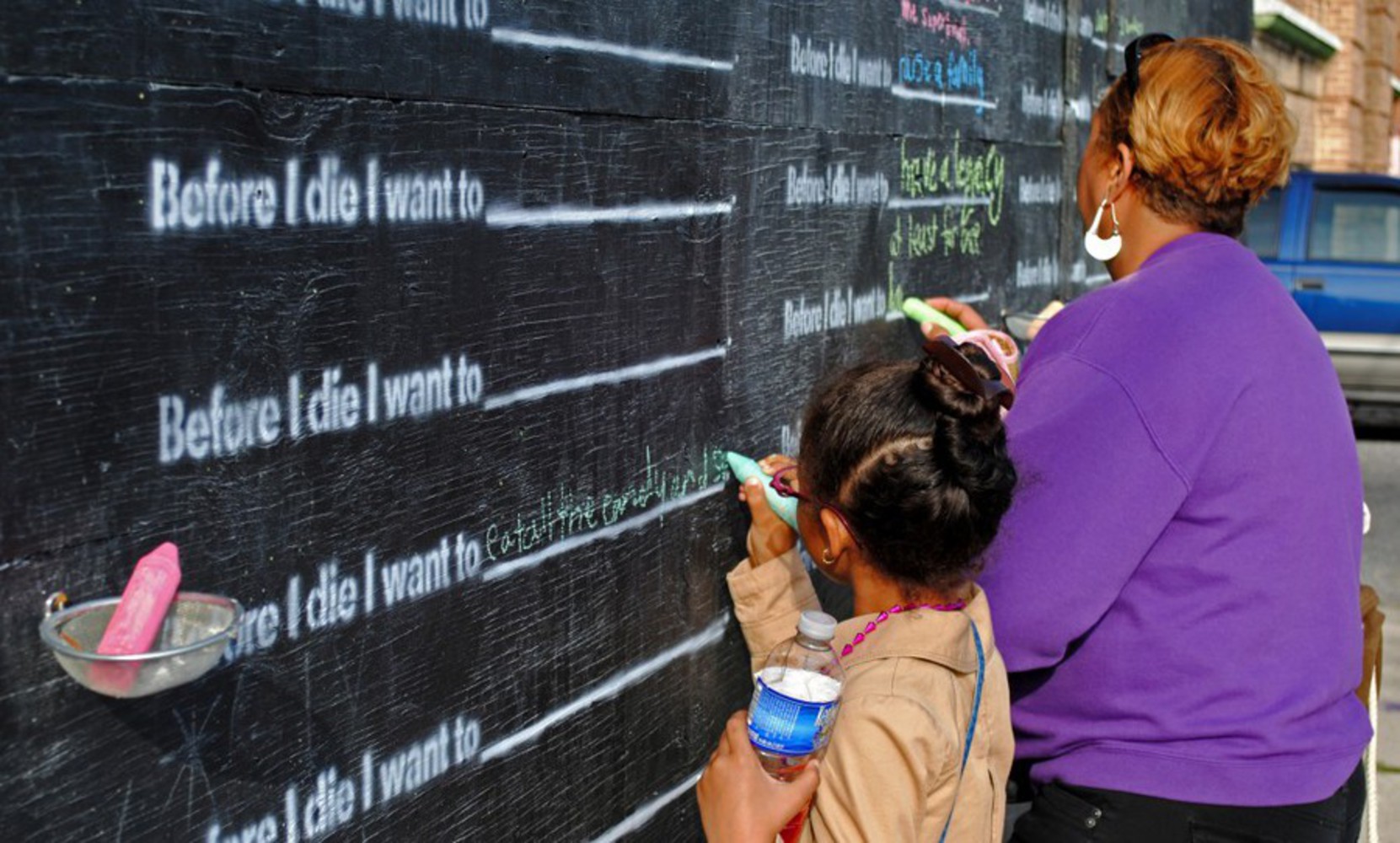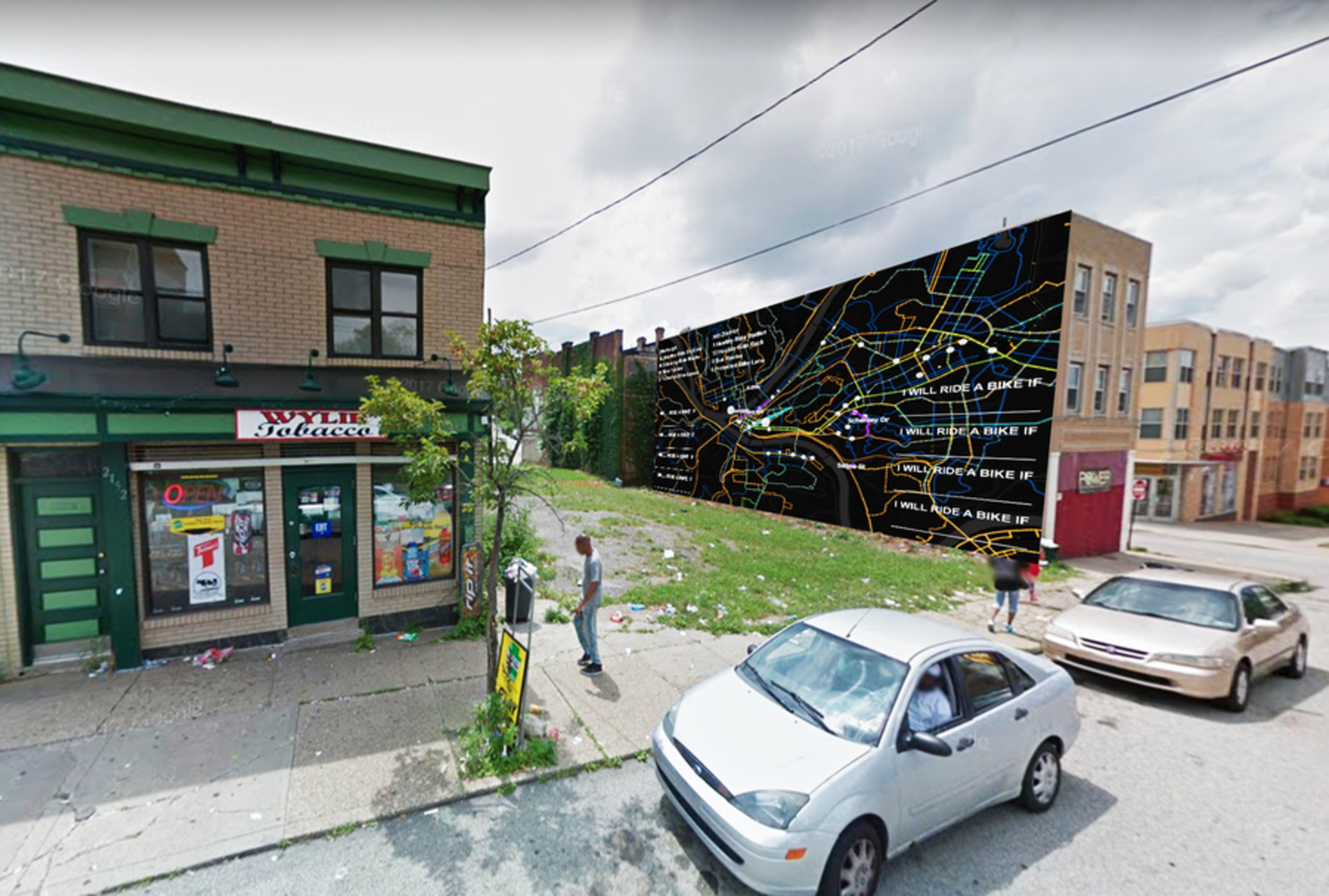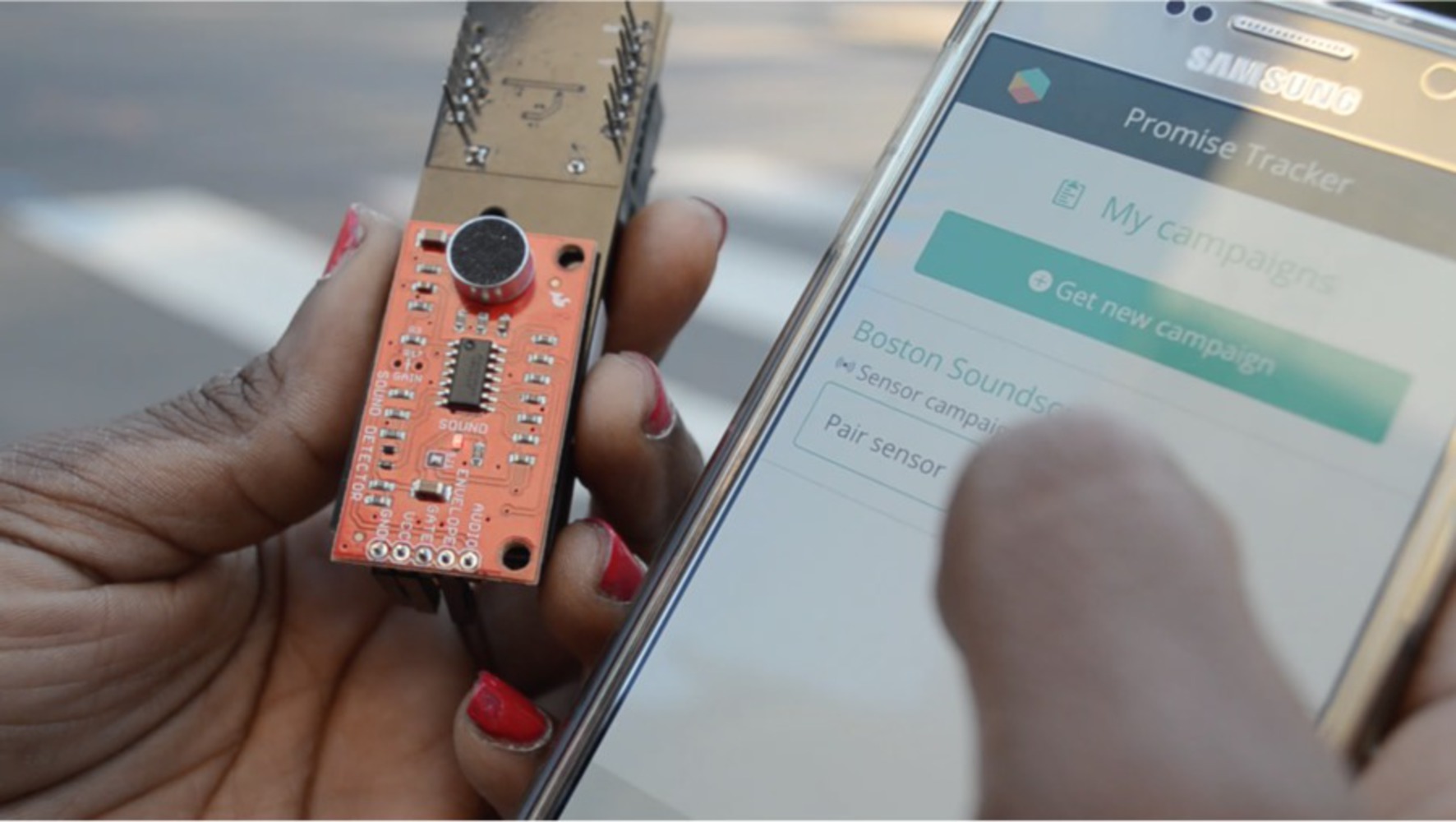Whose Healthy Ride?
Overview
For the final project, I continued exploring where are the imbalances of bike uses vs bike resources and why. I intend to get the community involved in identifying where they see the imbalance and how they might advocate for reallocating the health ride bike resource.
The following analysis is composed of 3 parts: 1. Zoom into the most resourced bike stations and study the relation between stations and bike lanes; 2. Zoom out to see where are the least resourced area and explore the potential reasons of topography and public transit; 3. Identify the neighborhood that needs intervention mostly and the question that can be introduced to trigger community conversation.
The steps I recommend to involve the community are 1. introducing the question to the community by data representation; 2. raising the community's awareness and get their direct input; 3. developing a long-term partnership with riders of the community and collect data for future research.
In this project, there are still challenges to consider if going further: 1. to visualize the issue in the way that all groups of people can easily understand; 2. to evaluate different community engagement approaches and have some test if possible; 3. to include a larger team of experts so that broader view can be covered.
Analysis
Step1.
Based on the previous project, I decided to take a close look at 3 most resourced bike stations first. The trips from Centre Ave & PPG Paints Arena Station travel mostly to Downtown and Strip District direction. Biking from Centre Ave & PPG Paints Arena Station to 17th St & Penn Ave Station takes around 12 minutes while taking the bus is 19 minutes including transfer. These trips can take either protected bike lane or on-street bike lanes. Observing along with the Pittsburgh Bus Bunching map, these traveling directions also have more heavy traffic, so biking is faster for commuting.
